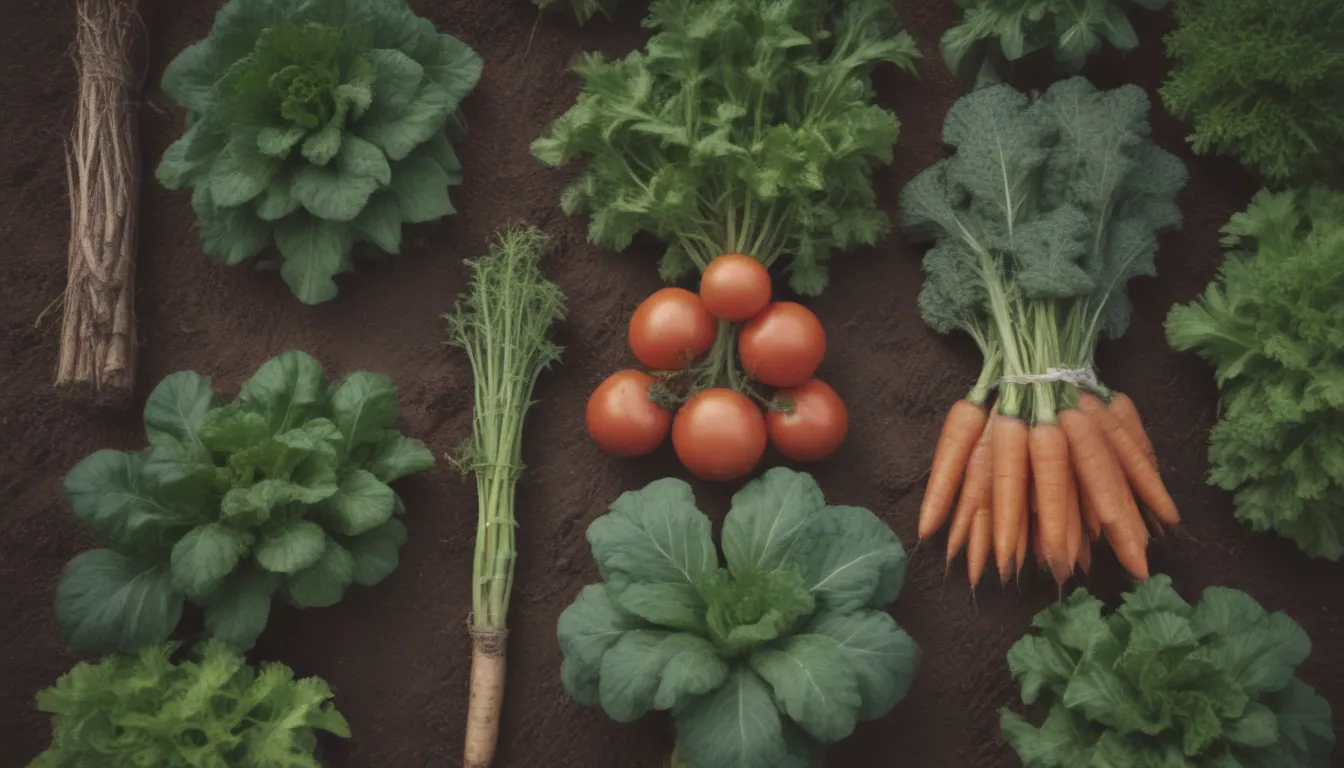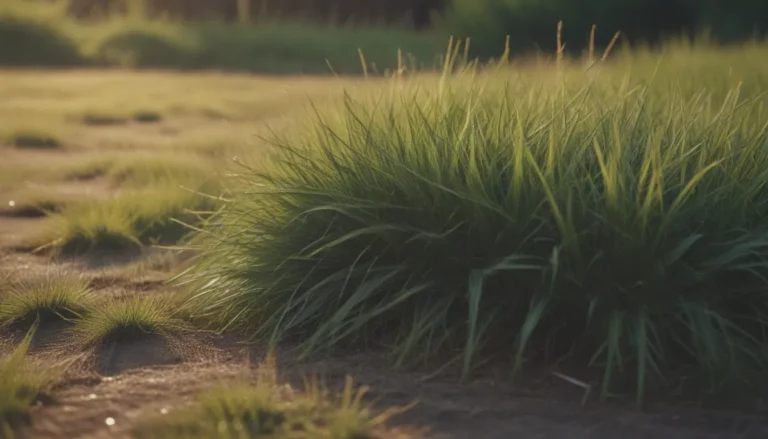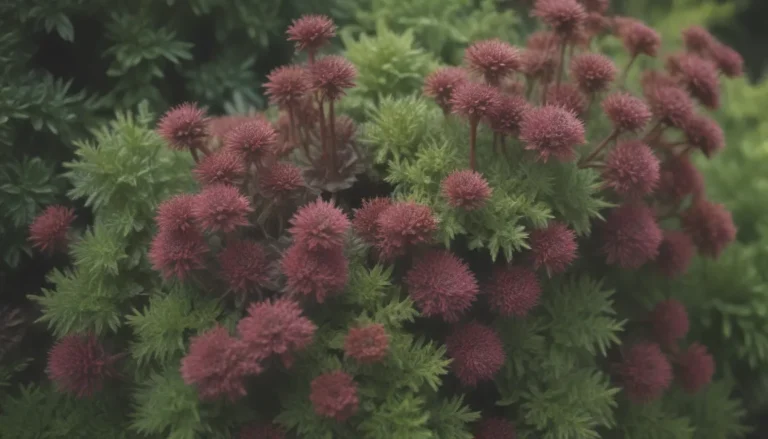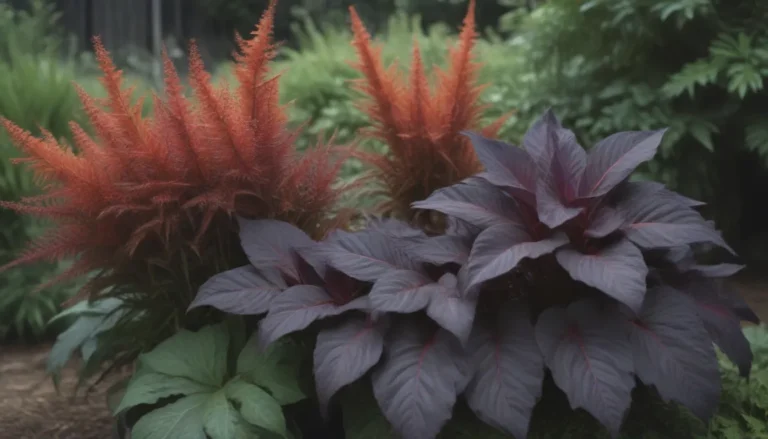Planting Guide: The Best Vegetables to Grow in Early Spring

In early spring, the weather may still be a bit chilly, and the ground might feel too damp for many vegetables, but there are some hardy performers that can thrive during this time. Not to mention, there are fewer insects and diseases around in early spring, giving your vegetables a strong start. Let’s take a closer look at six vegetables that you can plant even before the last frost date has passed.
Why Plant in Early Spring?
Planting vegetables in early spring comes with its advantages. The cool, wet weather in spring is perfect for certain vegetables, allowing them to thrive and produce a bountiful harvest. Additionally, by planting early, you can get ahead of the game and enjoy fresh produce sooner.
Asparagus (Asparagus officinalis)
Seeing those first tender, pencil-sized spears of asparagus popping up in the garden is truly a sign of spring. Asparagus is a perennial vegetable, meaning you can plant it once and harvest it for many years to come. While it does require some space, the yield you can expect every year for up to 15 years or more makes it worth it. Make sure to plant year-old crowns 4-6 weeks before the last frost date for the best results.
- USDA Growing Zones:
- Sun Exposure:
- Soil Needs:
Lettuce (Lactuca sativa)
Lettuce thrives in the cool, wet weather of spring, making it an excellent choice for early planting. There are hundreds of lettuce varieties to choose from, with Romaine and butterhead being some of the most cold-tolerant options. To ensure a continuous harvest, consider planting a new crop every two to three weeks. Covering your lettuce with sheets or insulation blankets when a frost is expected can help protect your crop.
- USDA Growing Zones:
- Sun Exposure:
- Soil Needs:
Peas (Pisum sativum)
While there is a tradition of planting peas on St. Patrick’s Day, peas planted later in April can still thrive. Peas do not tolerate freezing temperatures well, so be mindful of when you plant them. Trellising your peas can help support the vines and make harvesting easier. Consider planting additional varieties in early May for an extended harvest period.
- USDA Growing Zones:
- Sun Exposure:
- Soil Needs:
Rhubarb (Rheum rhabarbarum)
Rhubarb, often prepared like a fruit in pies and desserts, is a fantastic vegetable to grow in early spring. Once established, you can look forward to a rhubarb harvest every spring for decades. Remember to remove flower stalks in the first year to allow the plant to develop fully. Dividing the plant every five years can help rejuvenate it and ensure continued growth.
- USDA Growing Zones:
- Sun Exposure:
- Soil Needs:
Spinach (Spinacia oleracea)
Spinach is a fast-growing vegetable that thrives in cooler weather. It’s essential to plant spinach in the early spring to prevent early bolting. By planting new spinach crops every week or two, you can enjoy a prolonged harvest. Keeping spinach well-watered and planting it in the shade of other crops can help prevent premature bolting.
- USDA Growing Zones:
- Sun Exposure:
- Soil Needs:
Beets (Beta vulgaris)
Beets are semi-hardy vegetables that can survive light frosts in colder climates. You can plant beet seeds about a month before the last frost date in spring and expect them to mature in 7-10 weeks. Be sure to provide consistent moisture and adequate sun exposure for your beets to thrive.
- USDA Growing Zones:
- Sun Exposure:
- Soil Needs:
Further Reading and Resources
For more information on vegetable gardening and how to maximize your early spring planting, consider exploring resources such as the article “An Overview Of Nutritional And Anti-Nutritional Factors In Green Leafy Vegetables” published in the Horticulture International Journal. This article delves into the nutritional benefits of green leafy vegetables, offering insights that can help you make informed choices in your garden.
By planting these vegetables in early spring, you can kickstart your gardening season and enjoy a bountiful harvest of fresh, homegrown produce. Get your hands dirty, enjoy the process, and reap the rewards of your early spring vegetable garden!





